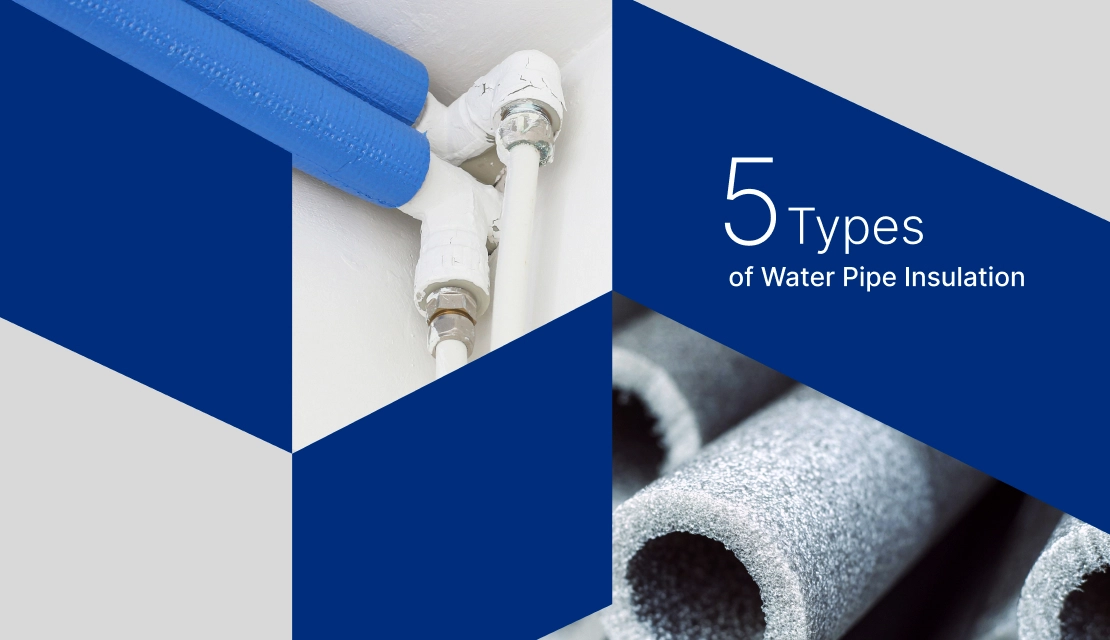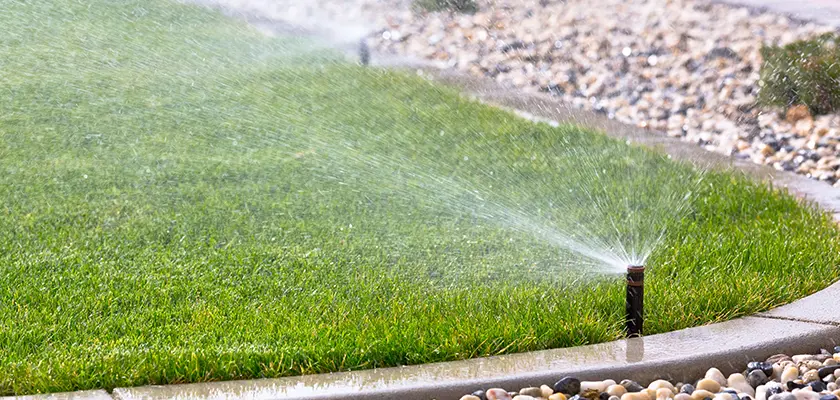
Still cranking up the thermostat and hoping for the best? That might have worked a decade ago, but not anymore.
A hybrid heating system doesn’t leave your comfort to chance. It blends the efficiency of a heat pump with the power of a traditional furnace by automatically switching based on outdoor conditions. That means no more fighting with your HVAC during icy mornings or sweltering afternoons.
This also means better energy savings, fewer surprises on your energy bills, and consistent comfort no matter what’s happening outside.
If your current system feels like it’s struggling to keep pace or costing you more each year, it’s probably time to upgrade to a smarter setup.
Let’s break down the top reasons homeowners are switching to hybrid systems and why it could be the best move for your home, too.
A hybrid HVAC system works by combining two sources: an electric-powered heat pump matched with a propane or gas furnace. When the weather is mild, the pump does most of the work. It is efficient, low-cost, and keeps your home comfortable without overworking the system.
When outdoor temperatures fall, the furnace automatically switches on to provide extra heat. The system flips between the two depending on what is more efficient at the time. You stay warm, and your energy use stays in check, without needing to constantly adjust anything yourself.

Hybrid heating is catching on fast and for good reasons. It is efficient, cost-effective, and built to handle changing temperatures without sending your energy bills through the roof.
Hybrid systems are built to get the most out of every bit of energy they use. Unlike standard systems that run at the same efficiency all the time, hybrids choose the most effective heating method based on the weather.
When it is mild outside, the electric heat pump pulls warmth from the air. When temperatures drop, the furnace kicks in for faster and stronger heating. This constant adjustment keeps your home comfortable, cuts unnecessary energy use, and helps lower your monthly bills without sacrificing comfort.
One of the quiet benefits of hybrid heating is how much it can shrink your carbon footprint. Because the gas furnace only kicks in during really cold snaps, it runs far less often than in a traditional setup.
For the rest of the season, the electric pump handles the heating, producing much lower emissions than burning gas or oil all day. It is a smart balance that keeps your home comfortable while helping reduce the amount of greenhouse gases released into the air.
Modern systems bring intelligence to the equation. Built-in smart technology can study your heating habits, check current weather conditions, and adapt on the fly so your home stays comfortable without wasting energy.
Remote control via a mobile app makes it easy to adjust temperatures anytime, anywhere. In some areas, the system even weighs the carbon footprint of the electricity being used and switches between the furnace and heat pump to keep your home warm in the most eco-friendly way possible.

An adaptive heating system shares the workload between two heat sources, so no single component is overworked. Instead of one unit shouldering all the work, both the pump and furnace take turns based on the weather.
This balance helps the heat pump avoid burnout during harsh winters, while the furnace only runs when it is truly needed. The payoff is longer-lasting equipment and lower long-term maintenance expenses.
Traditional HVAC units can leave you with hot-and-cold spots as the weather changes. Hybrid HVAC systems balance things out by using the heat pump in milder conditions and the furnace when the cold really bites.
This combination means the pump isn’t overworked, and you still get powerful heating when you need it. The result is an even, comfortable indoor climate every day of the year.
As energy standards tighten, incentive programs are helping homeowners make the move to eco-friendly heating. Many hybrid systems qualify for tax credits and rebates, reducing how much you spend up front.
This means you are not just investing in efficiency, but you are also getting direct financial help for making the upgrade. For many homeowners, that is a reason enough to make the switch sooner rather than later.
Choosing the best hybrid heating system can be a great option for homeowners who want efficiency, comfort, and lower energy costs., These systems automatically adjust to provide steady and reliable heat. They pair an electric heat pump with a gas or propane furnace to help keep energy bills under control.
Going with a hybrid system gives you the best of both worlds: great performance and eco-friendly operation. Pair it with a reliable home warranty, and you’ll have extra peace of mind knowing surprise repairs are covered and your system is protected for years to come.
For example, if you live in the Lone Star State, looking into a home warranty in Texas can be a smart way to cover repair costs for both your hybrid system and other major appliances.
Yes, for many households, installing a hybrid HVAC system can be a great option to save on energy bills. A heat pump using electricity together with a propane- or gas-burning furnace can lower energy use and keep indoor temperatures comfortable through the seasons. In other words, it provides a cleaner, more sustainable alternative to older and single-source heating options.
While hybrid HVAC systems can cut energy costs, they do have a few downsides. They often come with a higher initial installation cost, involve a more complex setup, and might require additional maintenance. Also, they can be challenging to install in older homes with incompatible ductwork or radiators. In such cases, costly structural modifications are required.
The cost of a hybrid HVAC unit can vary depending on the size, brand, and setup you choose. If you are adding a heat pump to an existing furnace, you might spend anywhere from about $2,500 to $6,000. Installing a full hybrid system from scratch typically runs between $4,500 and $10,000 or more. On average, homeowners in the U.S. spend around $8,000 to $12,000 for a hybrid heat pump installation.
Yes, it is possible to replace an oil-fired boiler with a heat pump, and in many situations, you can still use the existing ductwork. This type of upgrade is becoming more common as homeowners move away from oil heating due to higher fuel prices and growing environmental concerns.
A ductless system, often called a mini-split, is designed to provide comfort without running air through ducts. Instead, it uses indoor units placed in specific rooms, each linked to an outdoor compressor. They are perfect for older homes without ducts or for adding comfort to rooms that are hard to keep at the right temperature.

Don’t wait until it’s too late! Check out our current plans and get your free quote.

Household Tips
Ever seen a tiny crack flood an entire room? That’s what can happen when you skip water pipe insulation and winter rolls in like it owns the place. It’s not..

Household Tips
You probably change your HVAC filter once in a while. But have you ever looked deeper, literally? Knowing how to clean HVAC systems not only helps in preventing breakdowns. It..

Household Tips
For much of the country, spring is the time of year when you’ll be firing up your lawn sprinkler system for another season of well-maintained greenery. That’s why it’s essential..